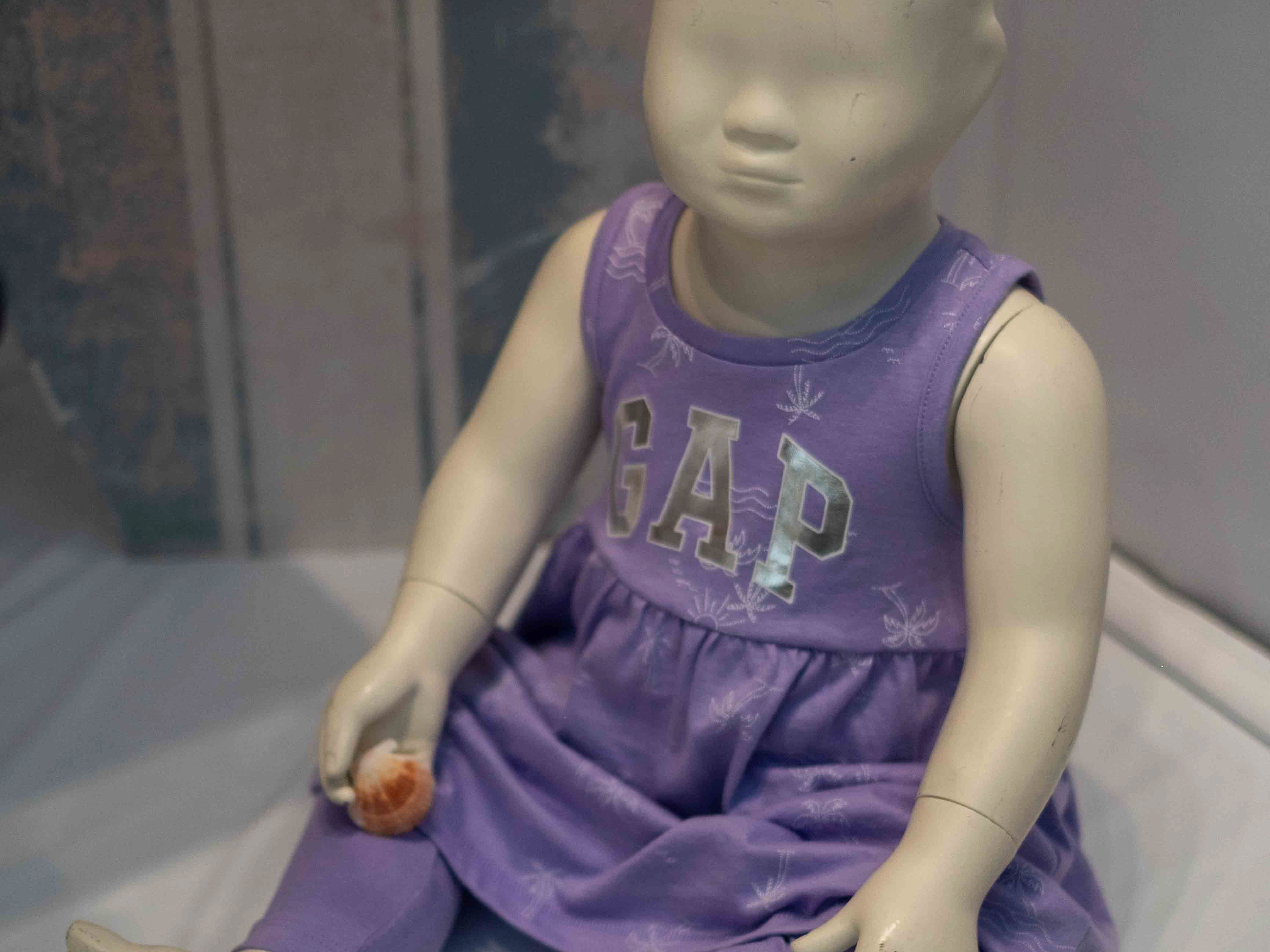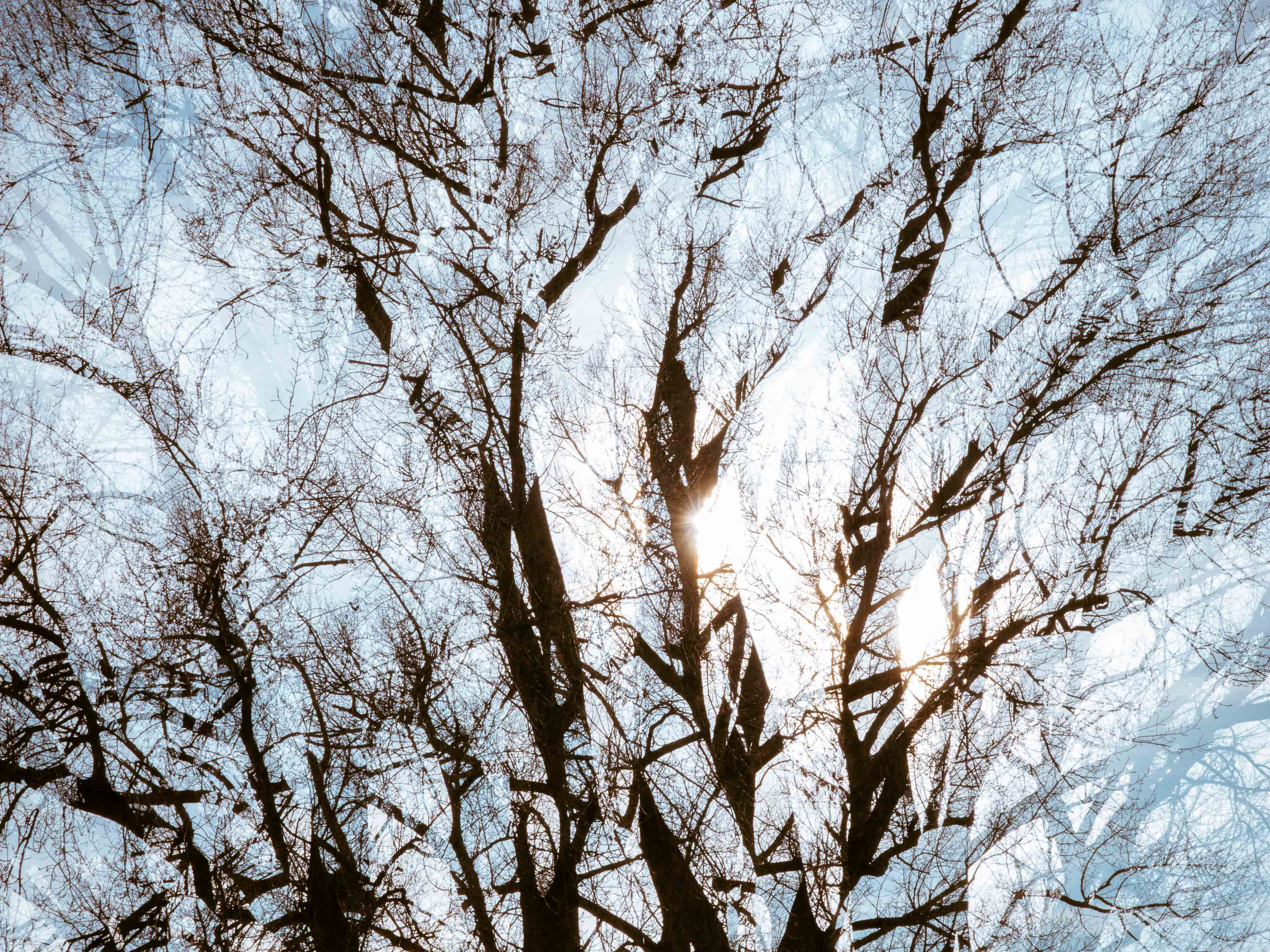With the notion of “ecstatic truth,” the film director and writer Werner Herzog seeks to express that truth cannot be revealed through factual, objective representation or depiction. It manifests itself instead in the artistic act and in the work itself. “Of course, we must not ignore the factual, for it has a normative power, yet it can never grant us an illumination—an ecstatic illumination—that is inherent in truth. [...] But in the visual arts, in music, in literature, and in cinema, a deeper level of truth is possible—a poetic, ecstatic truth, mysterious and elusive, attainable only through imagination, stylization, and invention.” (On the Absolute, the Sublime, and Ecstatic Truth)
This idea has left a lasting impression on me. Through my work, I wish to trace what may reveal itself as truth—or perhaps as the Absolute (God?)—only within artistic experience. I am not concerned with truth in any dogmatic sense, not with right or wrong convictions, nor with fixed worldviews. What occupies me instead is the intuition that behind our socially constructed, historical reality something lies concealed: ever-changing, yet of enduring presence—resisting clear definition.
“But I did not get my world-picture because I was convinced of its correctness; nor do I hold it because I am convinced of its correctness. It is rather the inherited background against which I distinguish between true and false.” (Wittgenstein, On Certainty, §94)
“But I did not get my world-picture because I was convinced of its correctness; nor do I hold it because I am convinced of its correctness. It is rather the inherited background against which I distinguish between true and false.” (Wittgenstein, On Certainty, §94)
Both Wittgenstein and Herzog reject the idea of truth as something that can be possessed or proven. For Wittgenstein, it resides in everyday action, in that “inherited background”—our historically shaped reality—upon which we distinguish between true and false in the first place. Herzog, by contrast, seeks it beyond the merely factual—in the artistic gesture, in imagination and stylization. Both understand truth not as dogmatic certainty, but as something that reveals itself in doing, in expression, in lived experience.
Photography, for me, is a way of orientation and self-assurance, in that through the making of images I can recognize both myself and the world. It is a confirmation that I am alive, that I move through the world as a curious, imaginative, creative being. More than the exposed photographic image—the visible product, so to speak—it is the act of photographing itself that brings me joy. For it is a meditative practice in which I become pure perception, allowing myself to be guided intuitively and coming inwardly to rest (Becoming Still). A rare state of composure pervades these moments of my life, in which I feel the simple yet profound joy of being alive.



